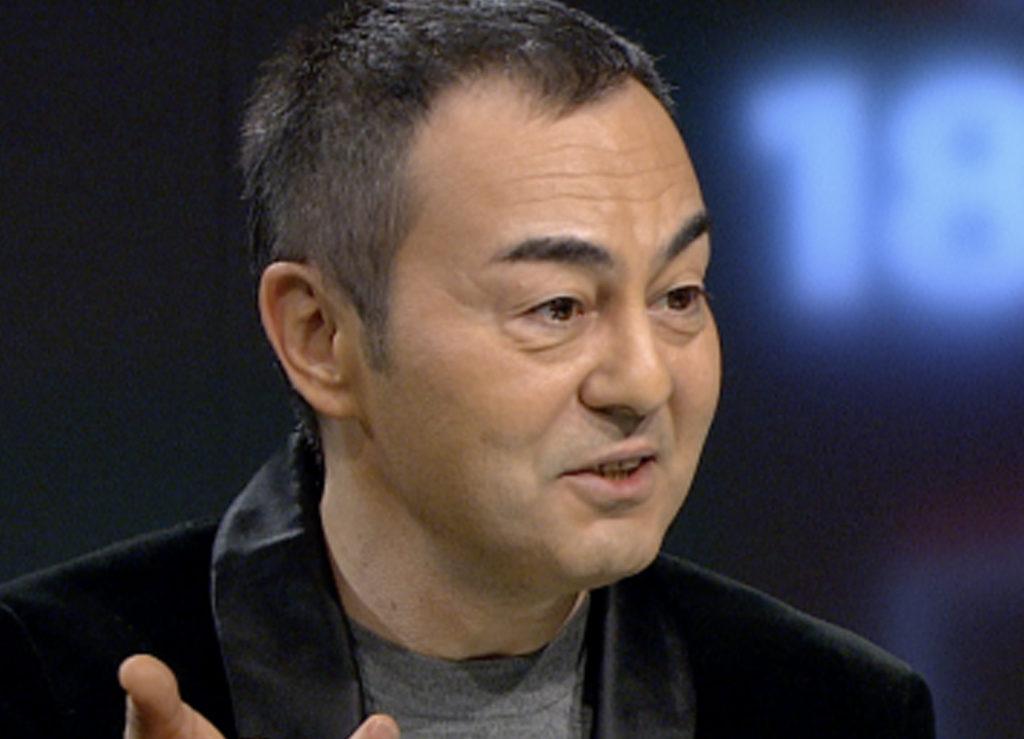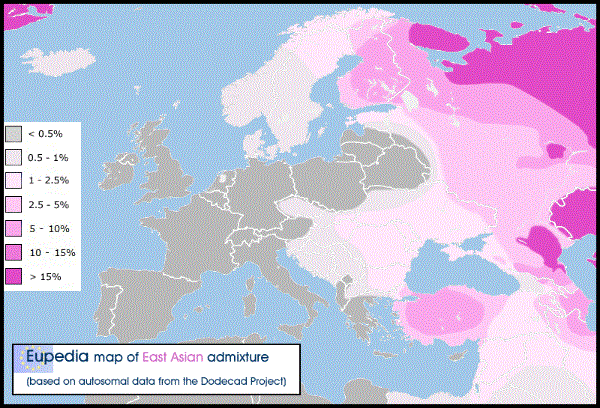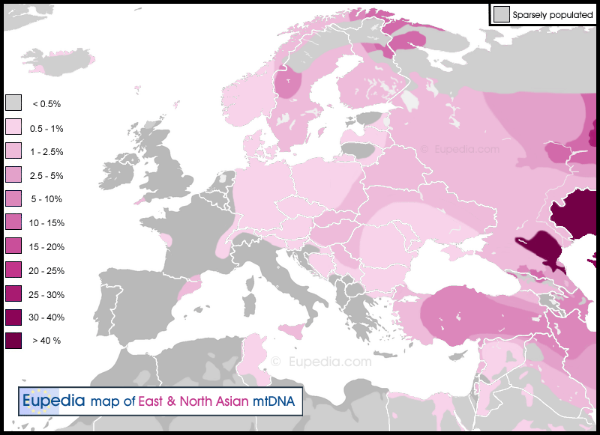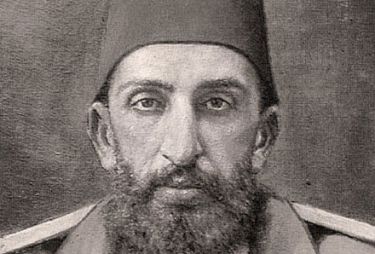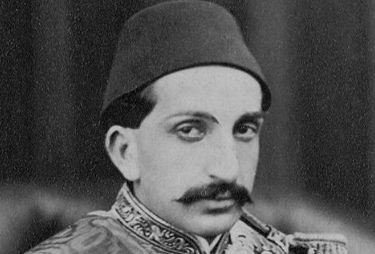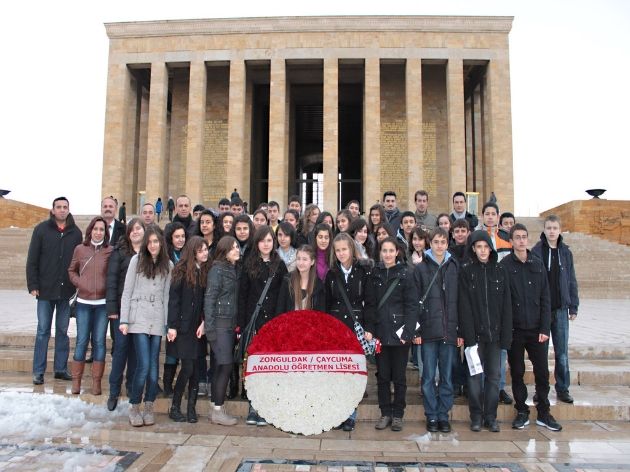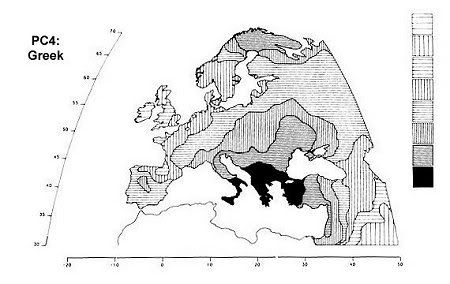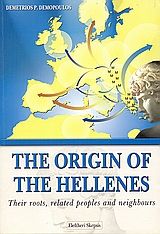Post by Admin on Nov 3, 2022 16:47:55 GMT

Though coffee is now a global commodity, it has a long history tied closely to food traditions around the Red Sea. The earliest credible evidence of coffee drinking in the form of the modern beverage appears in modern-day Yemen from the mid-15th century in Sufi shrines, where coffee seeds were first roasted and brewed in a manner similar to current methods. The Yemenis procured the coffee beans from the Ethiopian Highlands via coastal Somali intermediaries and began cultivation. By the 16th century, the drink had reached the rest of the Middle East and North Africa, later spreading to Europe. In the 20th century, coffee became a global commodity, creating different coffee cultures around the world.
Historical transmission
The earliest credible evidence of coffee-drinking or knowledge of the coffee tree appears in the middle of the 15th century in the accounts of Ahmed al-Ghaffar in Yemen.[2] It was here in Arabia that coffee seeds were first roasted and brewed in a similar way to how it is prepared now. Coffee was used by Sufi circles to stay awake for their religious rituals.[8] Accounts differ on the origin of the coffee plant prior to its appearance in Yemen. From Ethiopia, coffee could have been introduced to Yemen via trade across the Red Sea.[9] One account credits Muhammad Ibn Sa'd for bringing the beverage to Aden from the African coast.[10] Other early accounts say Ali ben Omar of the Shadhili Sufi order was the first to introduce coffee to Arabia.[11]
According to al Shardi, Ali ben Omar may have encountered coffee during his stay with the Adal king Sadadin's companions in 1401. Famous 16th-century Islamic scholar Ibn Hajar al-Haytami notes in his writings a beverage called qahwa developed from a tree in the Zeila region in Somaliland.[8] Coffee was first exported from Ethiopia to Yemen by Somali merchants from Berbera and Zeila in modern-day Somaliland, which was procured from Harar and the Abyssinian interior. According to Captain Haines, who was the colonial administrator of Aden (1839–1854), Mocha historically imported up to two-thirds of their coffee from Berbera-based merchants before the coffee trade of Mocha was captured by British-controlled Aden in the 19th century. Thereafter, much of the Ethiopian coffee was exported to Aden via Berbera.[12]
By the 16th century, coffee had reached the rest of the Middle East, Persia, Turkey, and North Africa.[13] The first coffee seeds were smuggled out of the Middle East by Sufi Baba Budan from Yemen to the Indian subcontinent during the time. Before then, all exported coffee was boiled or otherwise sterilized. Portraits of Baba Budan depict him as having smuggled seven coffee seeds by strapping them to his chest. The first plants grown from these smuggled seeds were planted in Mysore.
Coffee had spread to Italy by 1600, and then to the rest of Europe, Indonesia, and the Americas.[14]
In 1583, Leonhard Rauwolf, a German physician, gave this description of coffee after returning from a ten-year trip to the Near East:
A beverage as black as ink, useful against numerous illnesses, particularly those of the stomach. Its consumers take it in the morning, quite frankly, in a porcelain cup that is passed around and from which each one drinks a cupful. It is composed of water and the fruit from a bush called bunnu.
— Léonard Rauwolf, Reise in die Morgenländer (in German)
The thriving trade between Venice and North Africa, Egypt, and the Middle East (back then Ottoman Empire) brought many goods, including coffee, to the Venetian port. From Venice, it was introduced to the rest of Europe. Coffee became more widely accepted after it was deemed a Christian beverage by Pope Clement VIII in 1600, despite appeals to ban the "Muslim drink". The first European coffee house opened in Rome in 1645.[citation needed]
en.wikipedia.org/wiki/Coffee


